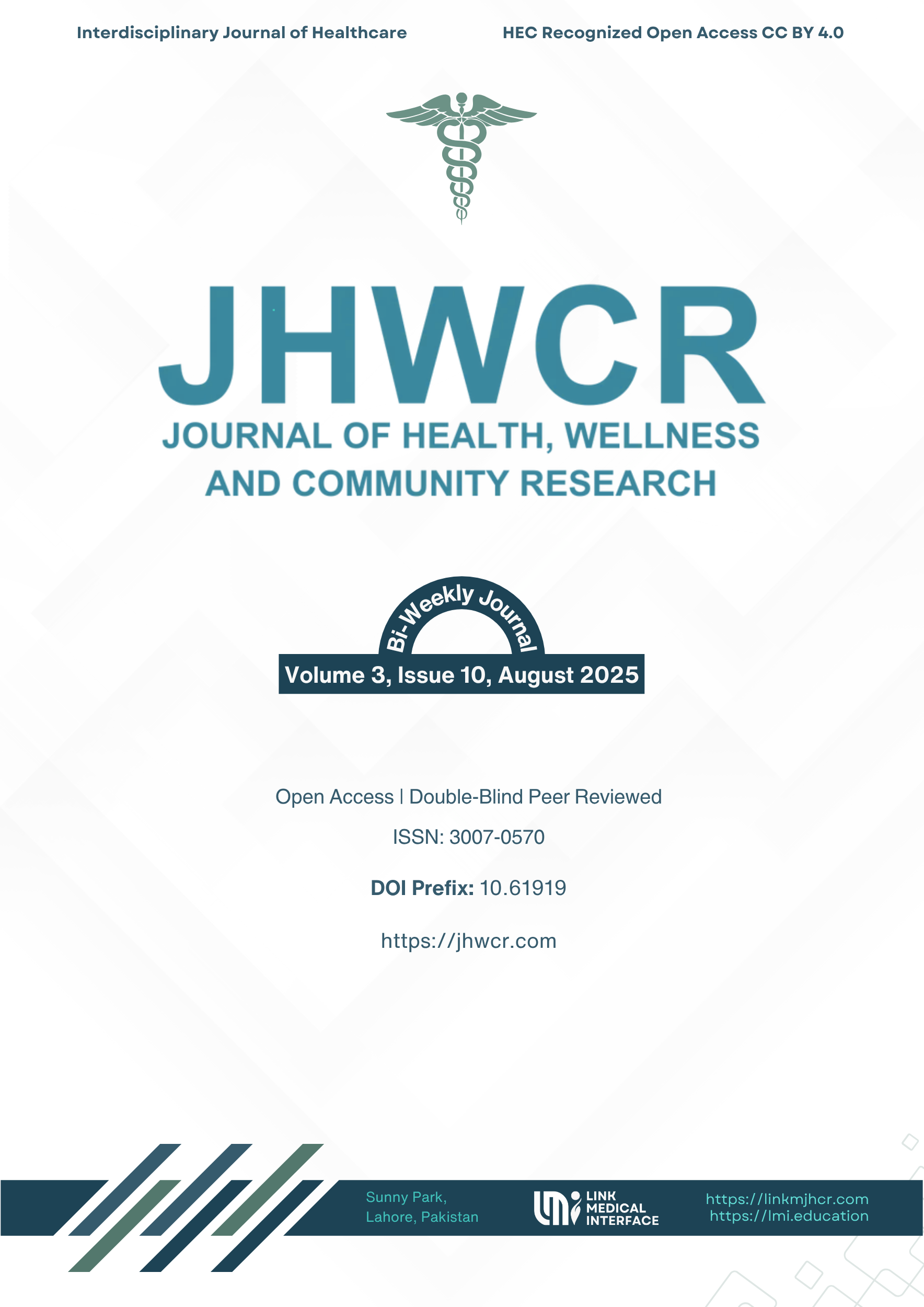Impact of Home-Based Rehabilitation Programs on Stroke Survivors in Rural Areas of Sindh
DOI:
https://doi.org/10.61919/w50c5759Keywords:
Stroke rehabilitation, home-based and rural areas, sindh.Abstract
Background: Stroke is a major cause of long-term disability worldwide, with rural populations in low- and middle-income countries disproportionately affected due to limited access to rehabilitation services. In Pakistan’s rural Sindh, geographic, financial, and infrastructural barriers frequently prevent timely, sustained therapy, resulting in prolonged disability and dependency. Home-based rehabilitation (HBR) has emerged as a practical alternative, offering structured exercises and caregiver-supported recovery within the patient’s environment. Evidence for its effectiveness in rural Pakistan remains scarce. Objective: To evaluate the impact of an eight-week structured home-based rehabilitation program on independence in activities of daily living (ADLs), balance, mobility, and quality of life among stroke survivors in rural Larkana, Sindh. Methods: A quasi-experimental pre–post study was conducted between March and September 2024 involving 40 stroke survivors aged 40–75 years, recruited via purposive sampling. Inclusion criteria comprised medically stable patients 6 months to 2 years post-stroke, with Modified Rankin Scale scores of 2–4. Participants received a tailored HBR program six days per week for 45–60 minutes per session, integrating range-of-motion, strengthening, balance, mobility, and ADL training, alongside caregiver education. Outcomes—Barthel Index (BI), Berg Balance Scale (BBS), Timed Up and Go (TUG), and Stroke-Specific Quality of Life Scale (SS-QOL)—were measured at baseline and week 8. Paired t-tests, 95% confidence intervals, and effect sizes quantified changes. Results: Significant post-intervention gains were observed in BI (+22.7, 95% CI 18.4–27.0, p<0.001, d=1.64), BBS (+12.7, 95% CI 10.1–15.3, p<0.001, d=1.77), and SS-QOL (+25.7, 95% CI 20.8–30.6, p<0.001, d=1.45), with a reduction in TUG time (−7.5 sec, 95% CI −9.3 to −5.7, p<0.001, d=1.27). Caregiver support was reported in 90% of households, adherence averaged 87.5%, and no adverse events occurred. Conclusion: Structured home-based rehabilitation is an effective, safe, and acceptable intervention for improving functional independence, balance, mobility, and quality of life in rural stroke survivors. Integration into rural health services, supported by caregiver training and periodic professional oversight, may help address the post-stroke rehabilitation gap in underserved areas.
Downloads
Published
Issue
Section
License
Copyright (c) 2025 Aadil Ameer Ali, Sana Naqi, Rabbia Naseer, Muhammad Rafique, Wafa Zainab, Suhail Aman Jokhio (Author)

This work is licensed under a Creative Commons Attribution 4.0 International License.


